First of all, inductance of most of the circuit elements and loop sizes start to matter when dealing with high frequency, high \$\dfrac{dI}{dt}\$ or high \$\dfrac{dV}{dt}\$.
High \$\dfrac{dI}{dt}\$ means that current will change too much in little time, for example when current goes from 100mA to 2A in 1ns. Let's solve this:
\$\dfrac{dI}{dt}=\dfrac{(2-0.1)A }{10^{-9}s}=\dfrac{1.9A}{10^{-9}s}=1.9*10^9V\$
Now this is high. But how do I know this is high, compared to what? Cited from Wikipedia:
The effect of an inductor in a circuit is to oppose changes in current
through it by developing a voltage across it proportional to the rate
of change of the current.
And that voltage is:
\$v(t)=L*\dfrac{dI}{dt}=(25*10^{-9})*(1.9*10^9)=47.5V\$
That means if your current across a 25nH inductor goes to 2A from 0.1A in 1ns, then you are going to produce 47.5 volts across it, that is a lot! Since longer wire means longer inductance, it means more voltage at the same time. A 5cm wire with 5mm diameter is about 30nH. Check out this tool.
The switching transients (not ripple) that are on the pictures you have added are probably because you have breadboarded this circuit with long and thin wires, or because of your bad probing techniques, or both.
Now that you know you need to shorten and widen the traces/wires when you are dealing with SMPSs and you know why.
That in mind, here is the checklist you should obey when dealing with switch-mode power supplies:
- Try to make a PCB with a solid ground plane. If you can't, then;
- Keep the traces as short and wide as possible where there is high \$\dfrac{dI}{dt}\$ or high \$\dfrac{dV}{dt}\$.
- In your buck-converter, these include the wiring from the input capacitor ground to the IC ground and the wiring from input capacitor to the input (IN) pin of the IC.
- When measuring the output ripple, put your scope's probe directly on the output capacitor and the probe's ground lead directly and shortly on the ground on the capacitor, as shown below:




